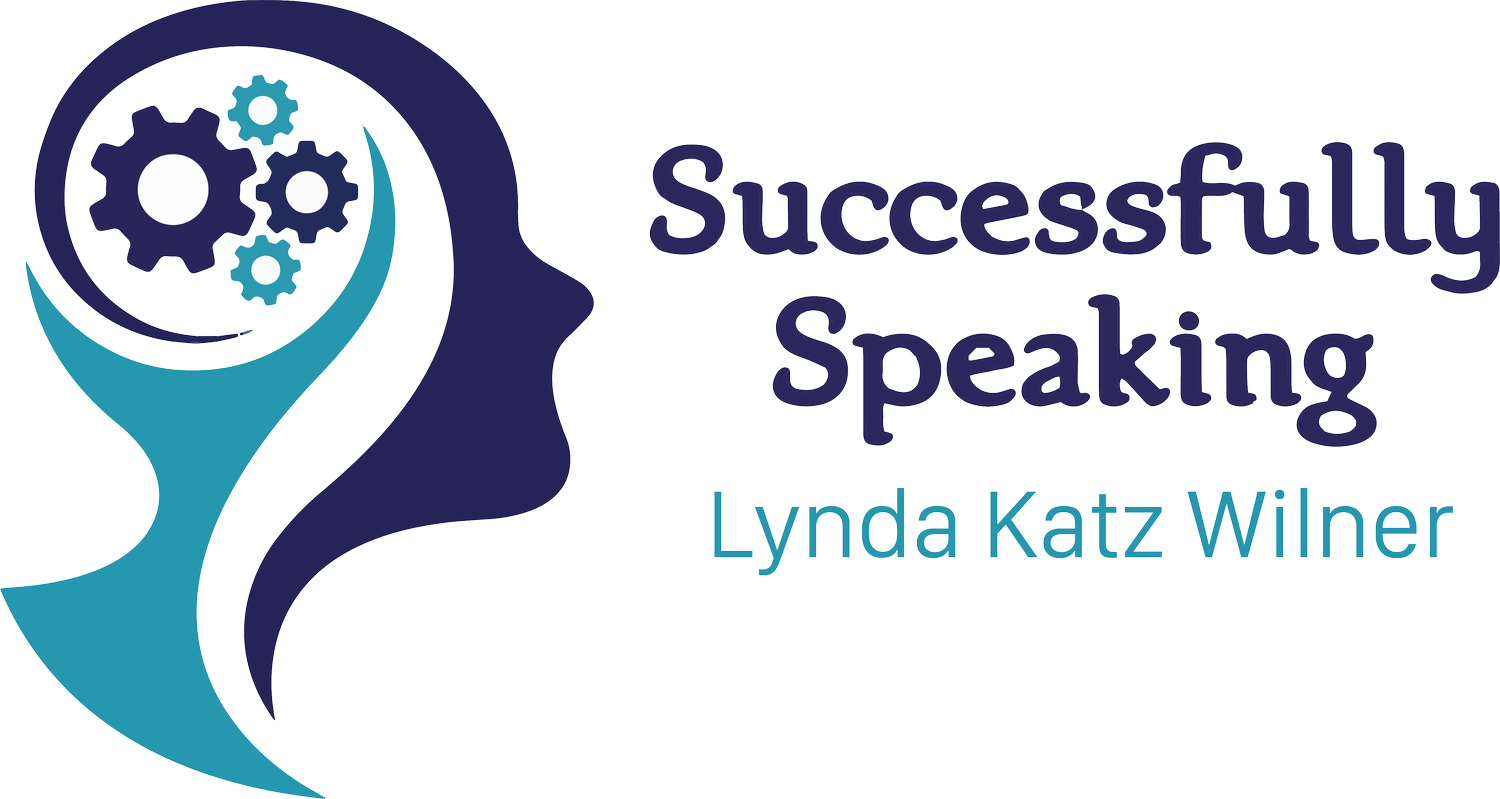Should You, uh, Worry About, you know, Word Fillers?
Are you saying “um,” “uh,” “you know,”
Word fillers are often the nemesis of many speakers. Unfortunately, people believe that they detract from our message and create unnecessary noise or interruptions in the message. When the audience begins to count the “ums,” “uhs,” “so’s,” “okays,” “likes,” “ya knows,” “basically,” “kinda’s,” or whatever redundant sound, word, or phrase is in the message, there is a problem.
Why do we use word fillers? It can be any of these reasons:
Lack of preparation
Lack of confidence
Inability to find the correct word
Nervousness
A signal that you have not yet finished your thought and you don’t want to be interrupted
A transition to the next idea
The real questions are, “Is it really a problem?” and “What can we do about it?”
Don’t panic! An occasional “um” will not destroy your message. However, as the frequency increases, the clarity of the message may become obscured, and the audience will become distracted. This is probably the most common concern I hear from my clients.
Recently, Valerie Fridland, a linguistic professor in the Department of English at the University of Nevada in Reno, conducted research on this exact topic. She authored the book, “Like, Literally, Dude: Arguing for the Good in Bad English.” The “filled pauses” are also called hesitation markers and might in fact be helpful to the speaker and listener. It signals to the listener that you have not yet completed your thought. She claims that silent pauses might lead to someone else jumping in before you complete your message.
We might use “filled pauses” strategically. However, often they do become a distraction. What can we do to become more mindful?
Steps to Tackle Your Fillers:
Increase your awareness – Ask a friend or colleague to give you feedback. Audio or video record yourself and listen back to see how often you use these words. Just by increasing your awareness, you will see some changes. Better yet, use AI-assisted technology, such as www.Yoodli.ai. This is a great way to give you a measure of frequency, but please do not focus on the number! Use is simply for feedback.
Prepare and practice your presentation – This will eliminate the need to search for words.
Slow down – This will allow your brain to keep up with your thoughts.
Embrace the pause – This is the best technique! We are more effective when we pause; it gains the audience’s attention, it allows the message to sink in with our listeners, it gives us time to think, and we can make a greater impact.
Focus on fluency – When we think about what we don’t want to do, we often do exactly that. For example, did you ever say you don’t want to hit the golf ball into the water, you don’t want to double fault in tennis, you don’t want to miss the basket, or you don’t want to stutter over a word? What happens? If you think too much about the “um’s” while speaking, they can often become a stumbling block and distraction to your thought process.
Practice talking about a topic and focus on speaking slowly and inserting pauses, rather than eliminating “um’s.” There are games you can play on www.Yoodli.ai that will help you practice speaking fluently. Now, see what happens! And remember, sometimes, these “ums” and “uhs” can be used strategically! Just don’t overdo it!
To learn how to Speak, Sound, and Look Like a Leader, check out the online self-study course, small group master classes in public speaking, or reach out to me with any questions at LKWilner@successfully-speaking.com or www.Successfully-Speaking.com

